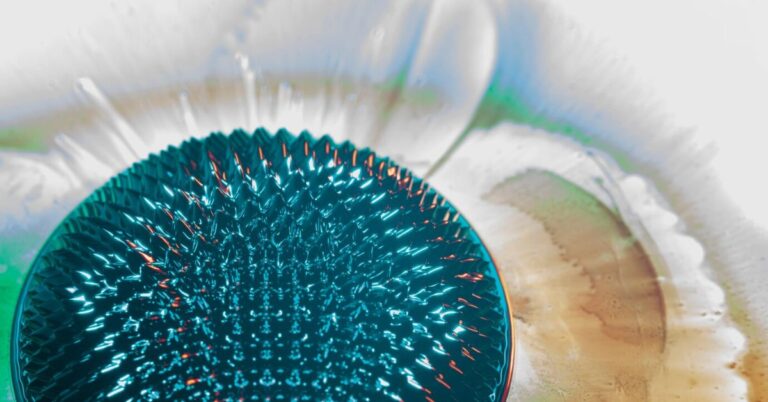Clinical labs conduct different types of immunoassays or antigen-antibody tests. These tests help researchers understand the function of antigens and antibodies in the human body. Immunity systems create substances like antibodies to remove unwanted invaders from the body by attaching to them. Antigens, on the other hand, are markers that antibodies can identify. These can be sugars or proteins that surround cells or viruses. Antigens can be found in bacteria, viruses, airborne and food allergens, tumors, parasites, and even normal cells. In the lab, scientists use stored, collected, or synthesized antibodies or antigens with blood or other body fluids to detect specific targets. They adopt techniques such as Enzyme-Linked Immunosorbent Assay (ELISA) to conduct these tests.
Also referred to as Enzyme Immunoassay (EIA), ELISA has become a popular source for different medical tests to diagnose infections, confirm pregnancy, and others by detecting various types of substances (antigens, antibodies, etc.) in bodily fluids.
Enzyme-Linked Immunosorbent Assay Overview
This technique identifies and counts targeted proteins, hormones, antigens, and antibodies in the samples. Samples can contain bodily fluids like pee, blood, spit, plasma, etc. Today, this test has become the most reliable immunoassay method for lab scientists for its ability to diagnose endocrine disorders, thyroid, Lyme disease, and HIV. Even at-home pregnancy kits use the EIA technique. They look for human chorionic gonadotrophin (HCG) hormone to confirm pregnancies.
The Application of the EIA Technique
This specific test can be conducted in many ways based on the requirement. These tests are usually automated, meaning machines handle much of the job. However, here is a simplified version to help you understand how it works. Suppose someone gives a blood sample for HIV screening through this technique. A lab technician will take a part of the HIV to attach it to a solid surface, such as a plastic plate or medical tube. The portion of the virus becomes an antigen, which will be infused with the patient’s blood sample in that medium. If there are HIV antibodies in the sample, they will attach themselves to the virus or antigen. However, nothing will happen if the blood sample is free of HIV antibodies.
To further establish their observation, the lab scientist can add a different antibody that recognizes the HIV antibodies. The second antibody contains an enzyme that helps with signal detection, the enzyme-linked part of the test. Typically, the test will be positive if the color of the substance changes. It occurs due to the presence of the antibodies. If there are no antibodies against that type of antigen, the color will remain unchanged, leading to a negative result. The degree of the change of color depends on the amount of the antibody used. With the EIA technique, technicians can detect and measure the antibody’s quantity.
Today, ELISAs are used to track antigens, even at a minuscule level within a specific environment, with the help of antibodies. You get efficient test kits at several places. They come with simple instructions, requiring less time and effort. The kit can measure antigen concentration in saliva, urine, cell, tissue extract, serum, or plasma samples. Ensure you buy these kits only from a trusted store.

